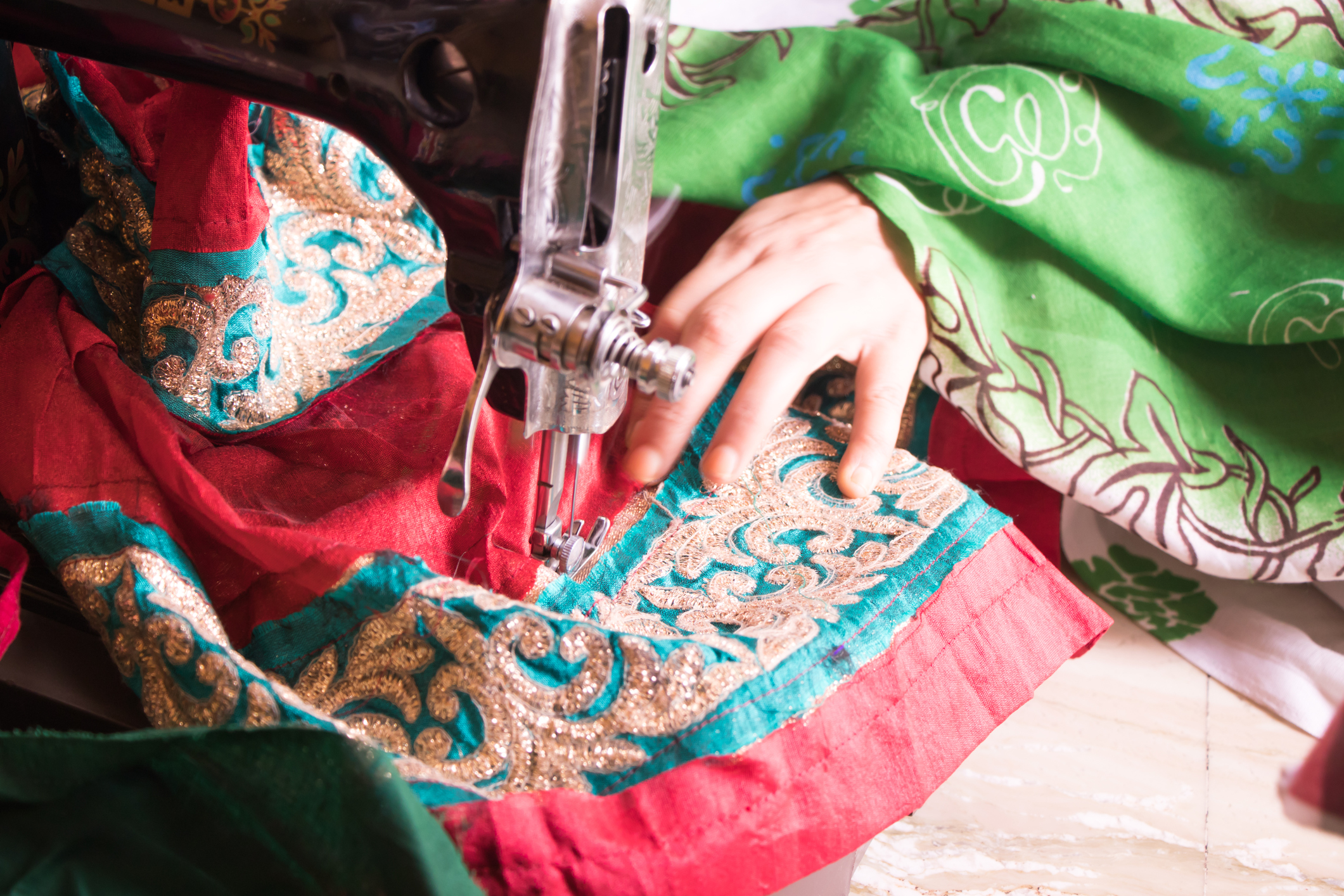Protesting so-called “sweatshops” in poor countries is a perennial pastime on college campuses across the United States.
Yet experts across the political spectrum—including Nobel Prize–winning economist Paul Krugman, Pulitzer Prize–winning journalist Nicholas Kristof, and Columbia University professor Jeffrey Sachs—have argued that opposition to “sweatshops” in poor countries hurts the very workers that activists seek to help. Student activists would do well to read Benjamin Powell’s concise and persuasive defense of such factory work, “Out of Poverty: Sweatshops in the Global Economy,” published by Cambridge University Press in 2014. The book focuses solely on the well-being of factory workers—not what would be best for factory owners or economic efficiency.
Factory workers routinely garner more publicity than the world’s poorest people, who are overwhelmingly rural and live lives of destitution precisely because they are largely untouched by global capitalism. Powell devotes his second chapter to showing that anti-factory activism receives generous funding from labor unions in the United States and Europe. These unions pay lip service to “solidarity” with workers in poor countries but are primarily focused on keeping manufacturing jobs away from poor countries. Powell suggests that unions manipulate idealistic student activists to push for high labor standards that only rich countries can meet, including “sweat-free” labeling for clothing made under those standards.
Powell presents two main arguments for why activists should change their approach: (1) taking away the option of factory work harms factory workers, and (2) factories can serve as a step in the process of economic development that ultimately cures poverty.
If someone chooses to work in a factory, she must see that as her best option. Taking away her best option without offering anything better makes her worse off. As Powell shows, prematurely raising of labor standards and wages by governments results in worse options for factory workers. In the early 1990s, Indonesia more than doubled the real value of its minimum wage in response to U.S. threats of trade restrictions—a policy pushed by U.S. student activists. This led to the closure of many manufacturing plants, and Indonesian employment fell by at least 12 and as much as 36 percent. Similarly, when Nike and Adidas limited working hours at Chinese supplier factories to ease the consciences of U.S. activists, “many workers quit, complaining that the overtime pay was no longer enough.” In South Africa, when government officials tried to shut down rural garment factories for failing to comply with minimum wage laws in 2010, “desperate clothing workers threatened to assault officials and burn their vehicles rather than lose their jobs.”
As Paul Krugman has eloquently put it, “Bad jobs at bad wages are better than no jobs at all.” (Or, as in the Chinese example, jobs at bad wages are better than jobs at even worse wages.) Yet the campaign against factories in poor countries routinely ignores the wishes of the workers themselves, limiting workers’ options.
Factory work is not only a stepping-stone out of extreme poverty for workers, but can help grow an entire economy and eradicate extreme poverty altogether. Remember, today’s wealthy countries once had their own factories with conditions often worse than those in poor countries today. In the United Kingdom, the first country to industrialize, “the process of development involving sweatshops lasted from 130 to 160 years. In the United States, the process was faster, taking around 100 years.” Powell notes that legal labor standards and the introduction of a minimum wage in those countries largely mirrored what factories were already doing—essentially codifying preexisting norms instead of prompting a change in industry practices.
The development process has gotten faster. In South Korea, Taiwan, Hong Kong, and Singapore, the process of moving from industrialization to First World living standards took less than two generations, as opposed to a century in the United States. Factories helped workers in those countries escape poverty and their children achieve postindustrial prosperity. As Powell says, “Sweatshops themselves are part of the very process of development that will lead to their own elimination.”
Instead of opposing factories, activists might consider campaigns to buy goods manufactured in impoverished parts of the world, such as sub-Saharan Africa, in the name of ending poverty. “My concern is not that there are too many sweatshops but that there are too few,” Jeffrey Sachs has stated. “Those are precisely the jobs that were the steppingstone for Singapore and Hong Kong, and those are the jobs that have to come to Africa to get them out of their backbreaking rural poverty.” Foreign aid has never lifted a single country out of poverty, and in Africa aid may actually discourage needed reforms by propping up dictators. “If Africa’s economies are to take off, Africans will have to start making a lot more things,” The Economist declared three years ago. “Few countries … have escaped poverty without putting a lot of workers through factory gates.” Unfortunately, despite its growing population and need for jobs, Africa has been deindustrializing. The continent’s poor business environment and faulty institutions are partially to blame for reducing Africa’s competitiveness relative to the rest of the world.
Activists who want to help the poor should refocus their efforts on ending forced labor (slavery), corruption, and economic restrictions that stifle growth and perpetuate poverty. Governments in many poor countries score poorly in economic freedom and may violate their citizens’ property rights. Africa, the world’s poorest continent, also has the worst record on economic freedom and business environment.
People in developing nations deserve the chance to industrialize and achieve the same prosperity the West gained through its own Industrial Revolution. Infringements upon economic freedom hinder the process of development and prevent people from lifting themselves out of poverty. That is an injustice worth protesting.
This first appeared in the Intercollegiate Review.



